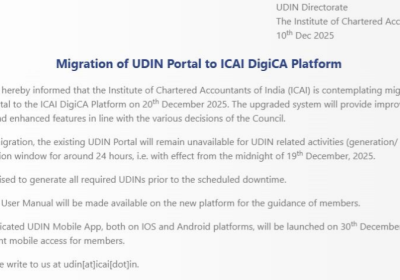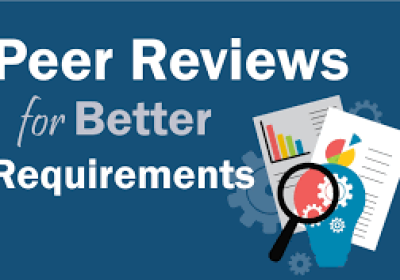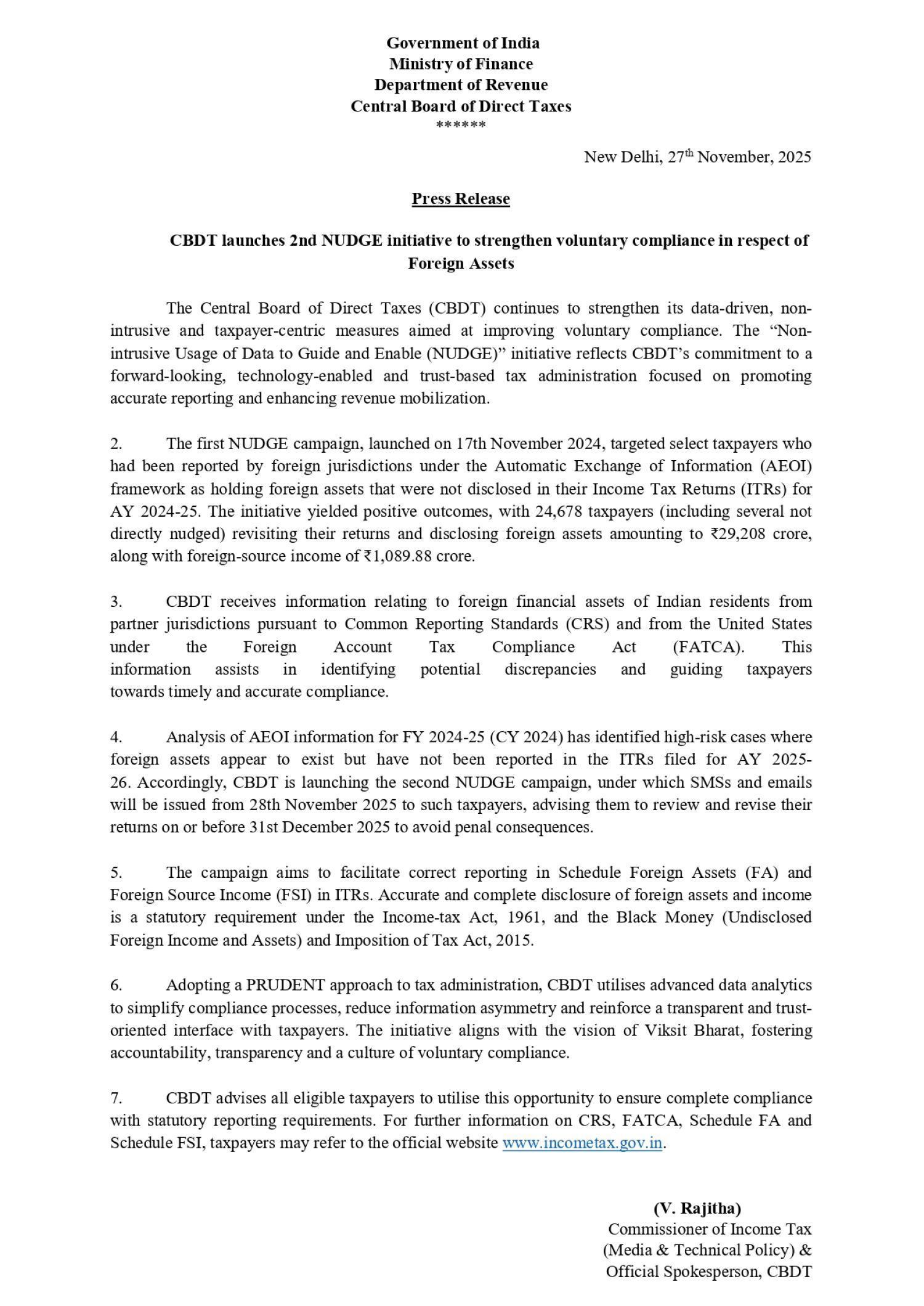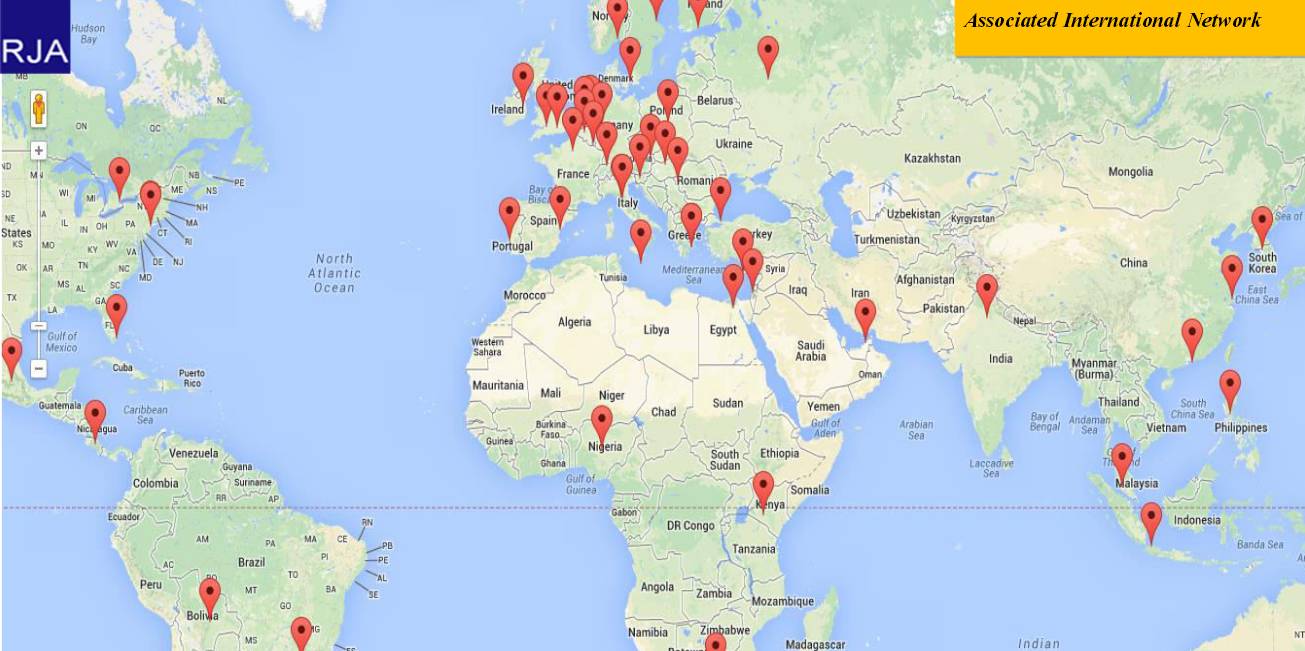
Explanation of SQC-1 on Audit Partner Rotation for Engagements Exceeding 7 Years with the Same Client
The Standard on Quality Control (SQC) 1, issued by the Institute of Chartered Accountants of India (ICAI), outlines a robust framework for ensuring audit quality and independence. One of its key provisions is the rotation of key audit partners to maintain objectivity and reduce familiarity threats.
1. Key Requirements under SQC 1:
- Rotation of Key Audit Partners:
SQC 1 mandates that key audit partners, especially those involved in the engagement for more than seven consecutive years, should be rotated. The purpose of this rotation is to prevent the auditor from becoming too familiar with the client and its management, which could affect their independence and judgment. Familiarity with the client can result in unconscious bias, potentially compromising the audit’s integrity. - Familiarity Threats:
When a partner is continuously involved with the same client, over-familiarity may occur, leading to reduced professional skepticism. This makes it necessary to rotate key partners to bring in a fresh perspective. - Cooling-Off Period:
After rotation, the rotated key audit partner must undergo a cooling-off period of two years before they can be re-engaged in the audit of the same client. During this time, the partner should not be involved in the audit to maintain the audit's objectivity and independence.
2. Key Considerations for Partner Rotation:
- Key Audit Partner:
- The rotation requirement applies specifically to key partners who have decision-making authority over the audit engagement. It ensures that fresh oversight is provided by rotating the audit leadership, while the rest of the audit team may not necessarily be subject to rotation.
- Objectivity and Independence:
The primary objective of rotation is to maintain the objectivity and independence of the audit. These are fundamental principles in the audit process to ensure that financial reporting remains accurate and reliable.
- Audit Firm Rotation:
While SQC 1 focuses on rotating key audit partners, there is no explicit requirement under SQC 1 to rotate the entire audit firm. However, certain regulations may require the rotation of audit firms as well.
3. SQC 1 vs. ISQM 1 (International Standard on Quality Management):
While SQC 1 is a standard focused on audit quality control in India, the newer International Standard on Quality Management (ISQM 1) offers a more updated and risk-based approach globally. Here are some key differences between the two standards:
- Approach:
- SQC 1: Rules-based approach with prescriptive requirements.
- ISQM 1: Principles-based, risk-driven approach that emphasizes the audit firm's ability to manage quality risks effectively.
- Focus:
- SQC 1: Emphasizes compliance with established policies and procedures.
- ISQM 1: Shifts the focus to ensuring that a firm’s quality management system achieves specific quality objectives, improving overall audit outcomes.
- Customization:
- SQC 1: Provides a more standardized approach for audit firms.
- ISQM 1: Allows for customization, enabling audit firms to design their quality management systems based on their specific circumstances, risks, and firm size.
Rotation of key audit partners after seven years under SQC 1 plays an essential role in ensuring audit independence and objectivity. By introducing a new perspective through rotation, the risk of familiarity is minimized, enhancing the overall audit quality. The introduction of ISQM 1 brings a risk-based approach to quality control, offering audit firms more flexibility to tailor their quality management systems according to their specific needs.
The combination of these quality control standards helps safeguard the integrity of audits and financial reporting, which is vital for maintaining trust in the audit profession.

















